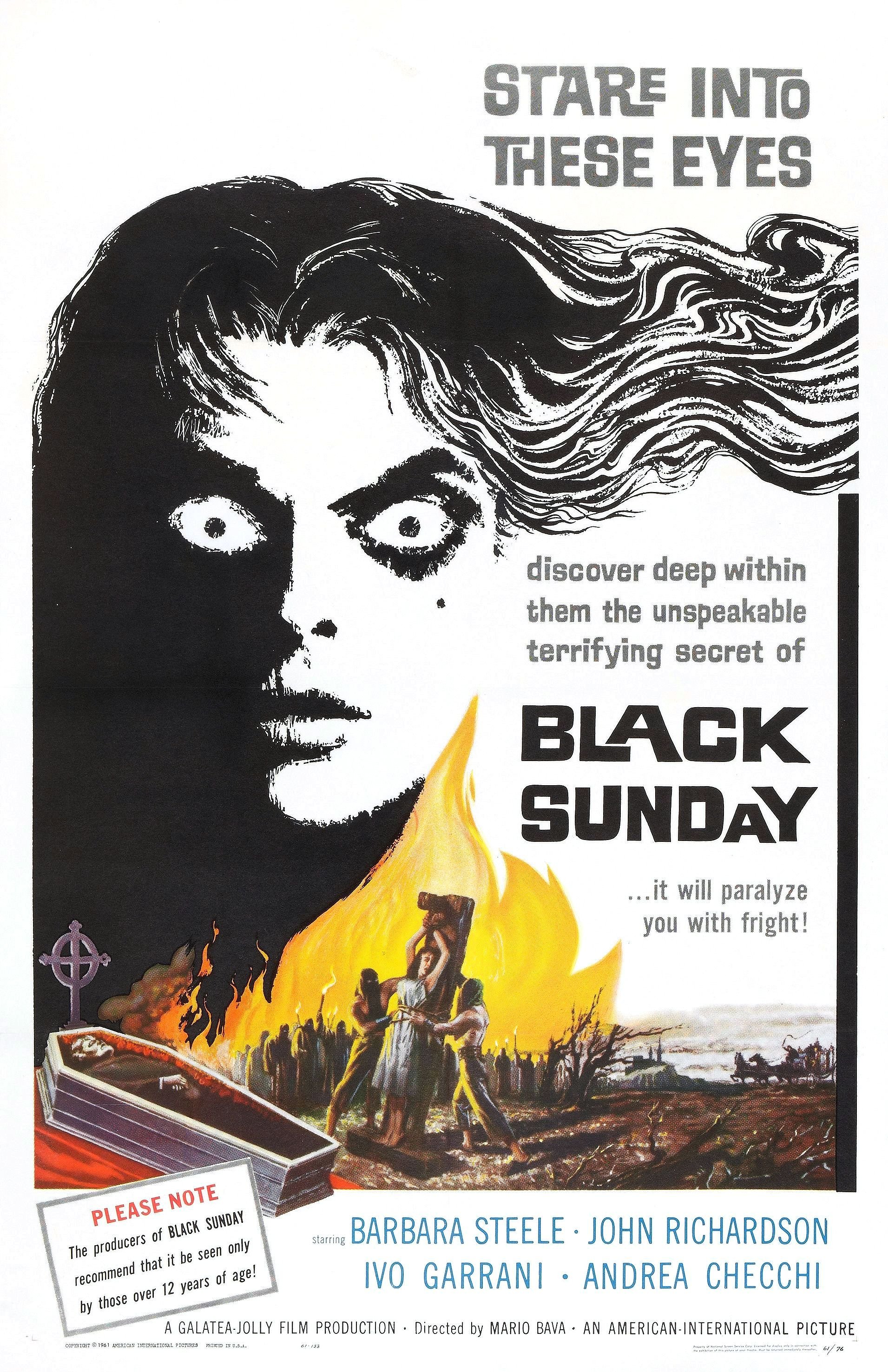Italian Gothic Horror: A Word from Roberto Curti
The Chiseler: At the moment, I'm immersed in your wonderful book Italian Gothic Horror Films, 1957-1969. Gothic Horror has a particular resonance for you — or am I wrong to assume?
Curti: Well, it certainly is a fascinating field. I’m not particularly into horror cinema as of now, but I used to be. I remember watching the Corman/Poe films on Italian TV as a kid, and being blown away by them (particularly The Premature Burial). When I was a teen I became an avid horror movie collector, recording whatever I could catch on TV, and never missed a horror movie when it came out in my town. But at a certain point, let’s say early 2000s, I got fed up with the genre and stopped following every new release; I stil try to keep up to date but I can’t deny the fact that my tastes changed over the years, and now I’d more gladly revisit a film by Ferreri or Monicelli than pay the ticket to watch the new Insidious or Saw.
But Gothic horror, and in particular Italian Gothic, is an interesting field of research, for various reasons, relating to the Italian film industry, but also cultural and sociological ones.
The Chiseler: Regarding gothic-themed movies: are there any characteristics typical of Italian entries to the genre that distinguish directors like Bava, Freda and Cottafavi from their counterparts in other countries?
Curti: For once, it was some sort of lab experiment since there was no horror movie tradition in the country for several reasons, and many classic Hollywood horror movies (such as Browning’s Dracula) did not arrive in Italian theaters. so, Riccardo Freda’s I vampiri (which by the way is the subject of a monograph I wrote for PS Publishing’s Electric Dreamhouse series, coming out hopefully by the end of 2023) was a true novelty in the Italian landscape, so much so that it was ultimately tampered with and partly lost its original power. But what followed next, after the success of Hammer’s Dracula, was amazing: Bava, Freda, Margheriti, Barbara Steele, etc. The Gothic made in the 1960-1966 season, which we usually consider the heyday of Italian Gothic, had a neat Italian imprint. Even if they were products designed mainly for export, they revised the genre in such a peculiar manner that they are unmistakably Italian. You can see it in the details, and in the themes. A certain way of approaching the Fantastique, for instance: as Bava once famously said, Italian don’t believe in vampires, because the Mediterranean sun would chase them away. But Italians, in the late 1950s, were quite scared (and also intrigued, of course) by the way women were becoming emancipated while the patriarchal family was disintegrating. Take a classic from 1960, say La dolce vita, or Rocco e i suoi fratelli, and then La maschera del demonio: you’l see the same attitude. Marcello is spellbound by Anita Ekberg bathing in the Trevi fountain just like John Richardson is by the sight of Barbara Steele. In Visconti’s film, Renato Salvatori viciously stabs the woman he loves, a prostitute played by Annie Girardot, out of jealousy, because he can’t have her all for himself. And in Danza macabra the macho played by Giovanni Cianfriglia kills Steele’s character for a similar reason.
In Italian Gothic the female characters often mirror the male’s incapacity of going beyond the image of woman as an angel or a whore. The Gothic depicts a transgression, but it usually provides a return to order, a punishment, in line with the nation’s Catholic background. But at the same time it hints at the contradictions of a society that was rapidly changing, with the discovery of eroticism as a mass product and a (often naive) sexual curiosity that became one of the main drives in the film industry, while the grip of censorship were gradually loosening.
Lastly, let me point out once again the attitude towards the rules of the genre. Take Bava’s La frusta e il corpo, with its mystery that may or may not be supernatural: in Corman’s films (and in Freda’s as well) the resolution is always rational. Bava keeps it ambiguous, up to the very end. Did Kurt return as a ghost to haunt and punish Nevenka, or is he the product of her imagination? Even after the end credits, you are left with a doubt. Bava’s greatness is that he makes this contradiction possible on screen. On the other hand (the ending of I tre volti della paura is a case in point) he has no qualms in destroying the illusion, and revealing cinema as a game, laughing at the genre and its conventions in a punchline that is also, first and foremost, a jab at cinema as a fabric of illusions. We dreamt of the night, the wind, a vampire running on horseback in a gloomy forest… and what we see are a few grown men running in circle holding branches, like kids playing a silly game, and an old man on a wooden horse. That’s what I call genius.
*Roberto Curti (b. Parma, 1971) is an Italian film historian. He has published many books in Italy and abroad, including a trilogy on Italian Gothic Horror, studies on Italian Giallo and Crime Films, and critical biographies of Tonino Valerii, Riccardo Freda, and Elio Petri.

